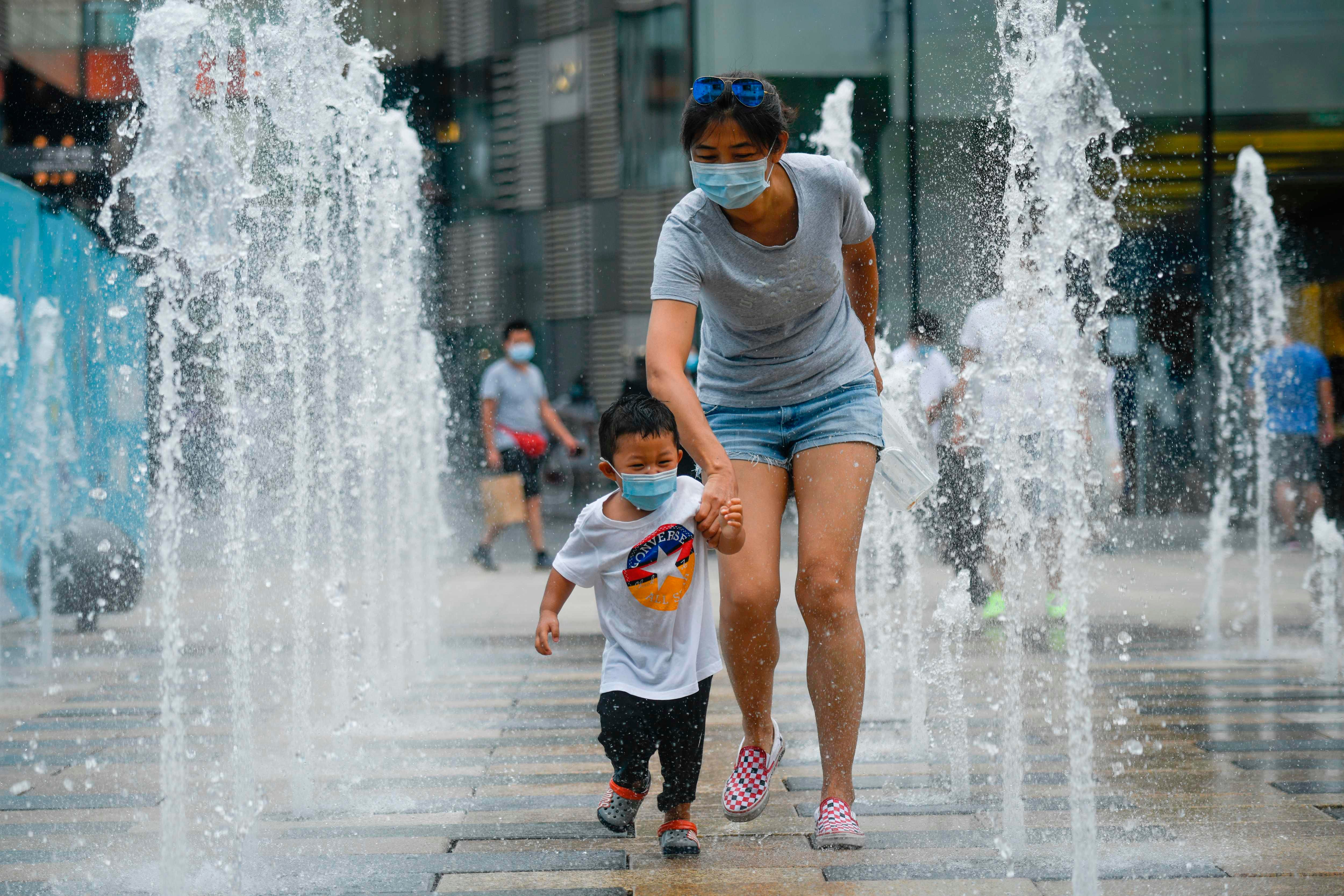
Interruptions in medical care and lack of food due to COVID-19 will likely cost the lives of at least 250,000 babies and young children and more than 10,000 mothers in low and moderate income countries over the next six months, according to a study by researchers. at Johns Hopkins University.
The study, published in The Lancet Global Health, modeled how many additional deaths could be expected from the impact of COVID-19 on the food supply and medical systems in these countries. The study found a dramatic increase in maternal deaths from the absence of birth interventions like antibiotics and clean delivery settings. According to the study, children are more likely to die from lack of nutrition, reduced availability of antibiotics for pneumonia, sepsis, and rehydration solution for diarrhea.
In the worst case scenario, nearly 1.2 million additional babies and some 57,000 mothers would die in the 118 countries in six months, according to the research.
“If routine medical care is interrupted and access to food is reduced (as a result of the inevitable shocks, the collapse of the health system or the deliberate choices made in response to the pandemic), the increase in child deaths and maternal will be devastating, “the study notes. concluded “We hope that these numbers will add context as policymakers establish guidelines and allocate resources in the days and months ahead.”

Most American children with multisystemic inflammatory syndrome had been healthy
A separate study found that three out of four children suffering from extremely severe cases of COVID-19 had no known health conditions that could increase their risk, according to a new study in the New England Journal of Medicine.
The national study, and another that looked at children hospitalized in New York State with the virus, confirmed that very rarely, children can have a dramatic and dangerous reaction called multi-systemic inflammatory syndrome in children (MIS-C), likely caused by an immune system. reaction to infection.
In the national study, almost all children with the condition had digestive problems, 80% had heart problems, and almost the same number had blood problems. The children were hospitalized for about a week, with 80% treated in intensive care. Four of the 171 patients died.
The syndrome generally takes hold two to four weeks after infection with SARS-CoV-2, the virus that causes COVID-19, the studies found. The disorder is rare, occurring in just 2 out of 100,000 children, compared to 322 out of 100,000 contracting COVID-19, and appears to be more common among black, Hispanic, or South Asian children, according to an editorial accompanying the studies. .
The New York-specific study examined 99 children with suspected or confirmed cases of COVID-19. Just over half of the patients were men, 40% were black, and 36% Hispanic. Just under a third were 5 years old or younger, 42% were between 6 and 12 years old and 26% were between 13 and 20 years old.
Everyone had a fever or chills and a fast heartbeat. About 60% had rashes and almost the same amount of redness of the eyes, which can often indicate inflammation. Two of the New York patients died.
“There is concern that children who meet the current diagnostic criteria for MIS-C are the ‘tip of the iceberg’, and a bigger problem may be lurking below the waterline,” said Dr. Michael Levin, president of pediatrics and international child health at Imperial College. London, wrote in the editorial, adding that the syndrome presents significant challenges for doctors trying to treat these dangerously ill children.
Opinion: Children are key to the end of the pandemic
Pregnant women with COVID-19: More likely to be hospitalized, go to ICU